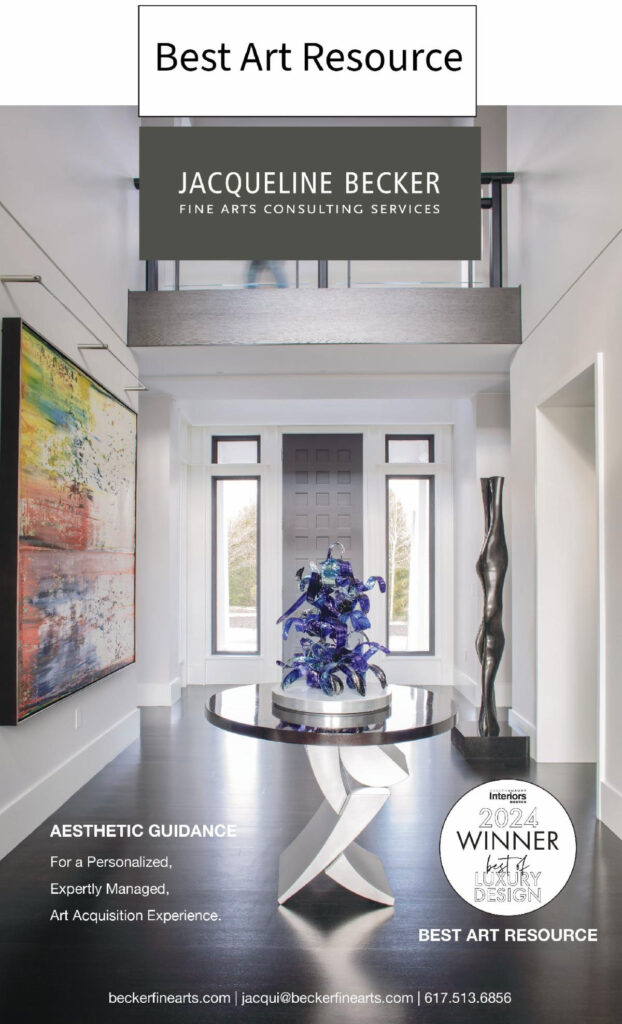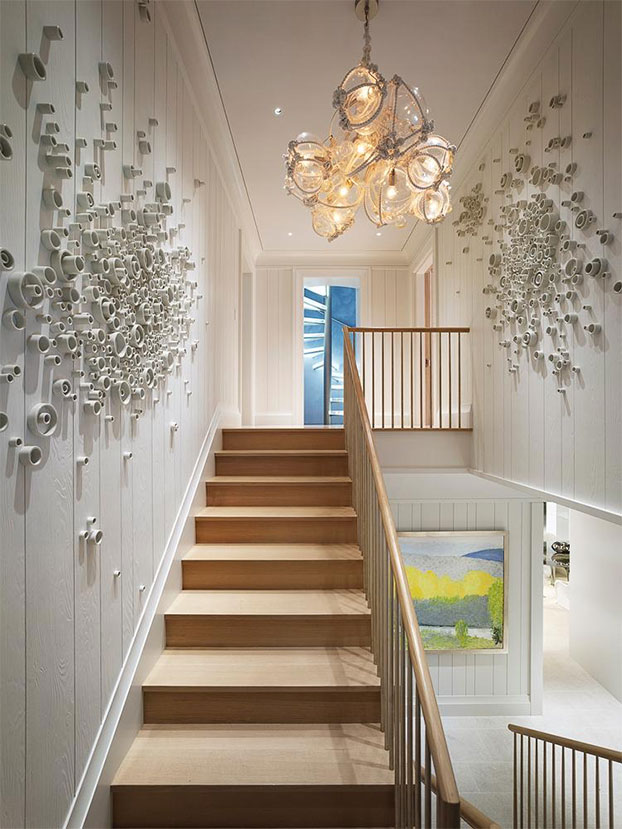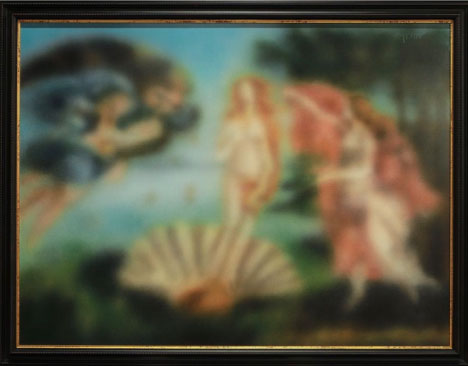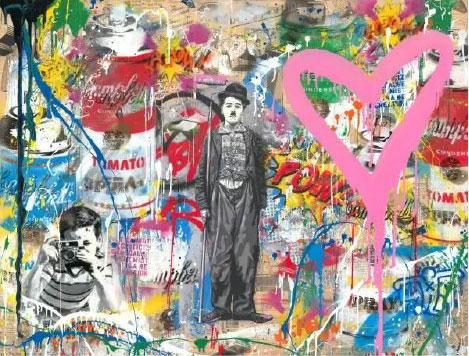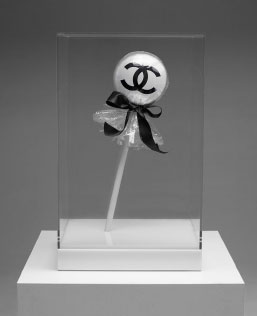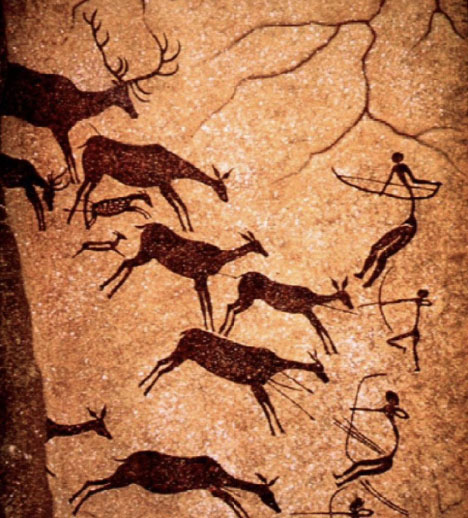From populist ‘immersive’ digital light shows of VanGogh and Monet, to highbrow digital artists like Krista Kim’s NFTs of immersive spaces–accessed only via virtual reality–a hunger for art that hits us full on and transports us is being fed by the art world with verve.

At the vanguard are creators like Kim of the futuristic tech company (0) –pronounced zero– and their Orb, pictured above. Orb, which has the sleekness of a luxury car turned giant kazoo, is designed to become a social space that hosts high fidelity immersive content. Price of admission: purchase it as an NFT, and get an ownable, navigable space that connects to the metaverse. The creators envision a system where people can see and share 360-degree content and have a social experience, including Kim’s own immersive environment that is airdropped to Orb owners, and the owners own video content. Hoping to become as ubiquitous as Play Station or Xbox, Orb is being road tested now. Its creators think 5 years from now artificial intelligence glasses will be mainstream, and technologies like Orb will become commonplace. Content for vehicles like Orb is being created by leading digital artists, to be minted as NFT’s, and will replace the current 2D art experience in most metaverses with high fidelity immersive content.
Why do we hunger for the metaverse’s alternative reality and for immersive art experiences? Perhaps the pandemic, which had us siloed at home and interacting digitally, has us questioning the value or importance of real-life experiences. But while we all live on our smart phones, we still come home at night to eat and sleep. Has the ‘social’ in social media convinced us we must try to be ‘everywhere all at once’ in order to exist anywhere? And was I the only person who found the movie Everything Everywhere All the Time, the darling of the Oscars, like being put through a sensory meat grinder? The metaverse is a meeting place between the physical and digital worlds where some of the most exciting ways to integrate the two will be made by today’s and tomorrow’s artists. But if the objective of these artists is to make the immersive virtual environment more ‘social’ and interactive as we go from 2D to high fidelity, will we simply become even more isolated in what is, and will always be, a fiction? Will we become even more siloed in the digital world, but not even know it?
Please tell me that a quiet, soul sustaining, proactive experience of viewing art in the real world will always be part of life as we know it.
Community Service with IFDA at ABC Wellesley
What do twenty design world vendors and contractors know about making life better for a very special group of academically gifted women high school scholars of color? It turns out a lot!
My long association with the International Furnishings and Design Association bloomed into the New England chapter’s largest pro bono community service project to date. As VP of Community Service for IFDA NE, I worked with a dream team of 20 design world contracts and vendors who undertook improvements to the dormitory of ABC (A Better Chance) Wellesley, home to a very special group of young women of color who live there while attending Wellesley High School to prepare for college and eventual leadership in America.
Jacqueline Becker Fine Arts Consulting Services donated artwork for their study hall and for the newly created multi-user bath that replaced one out of commission for years. In a home with 6 teenagers and two resident advisors, that new bath was very much appreciated!

A special shout out to IFDA members who have stepped up to lead this effort: Kevin Cradock and Dan Wilson of Cradock Builders and Jessica Chabot of Katie Rosenfeld. And heart felt gratitude to the entire team: Pat Bryson of Bryson Electric, John Speridakos of Cosmos Painting, Richard Siegel of Stanhope Framers, Matt Clark of Clark Fine Art Services, Jim Lavalle of Lavelle Systems, Beezee Honan of Designer Bath, Jon Moss of Installation Plus, Jeff Pomeroy of Light New England, Joe DiMare of Art of Tile and Stone, Manny Makkas of Makkas Drapery, Lauren Hamilton of August Interiors, Tom Skinner of Skinner Demo, Brian Spellman of Metropolitan Cabinet and Countertops, Ken DeCost of Materia Millwork, Diego Olivera of Oliver Wall Plastering, Kyle Tripp of Simple Home, John Nicholas of Oasis Shower Doors and Cheryl Savit of Savvy Words. It takes a village…
How’s your art love life? Need a match maker?

